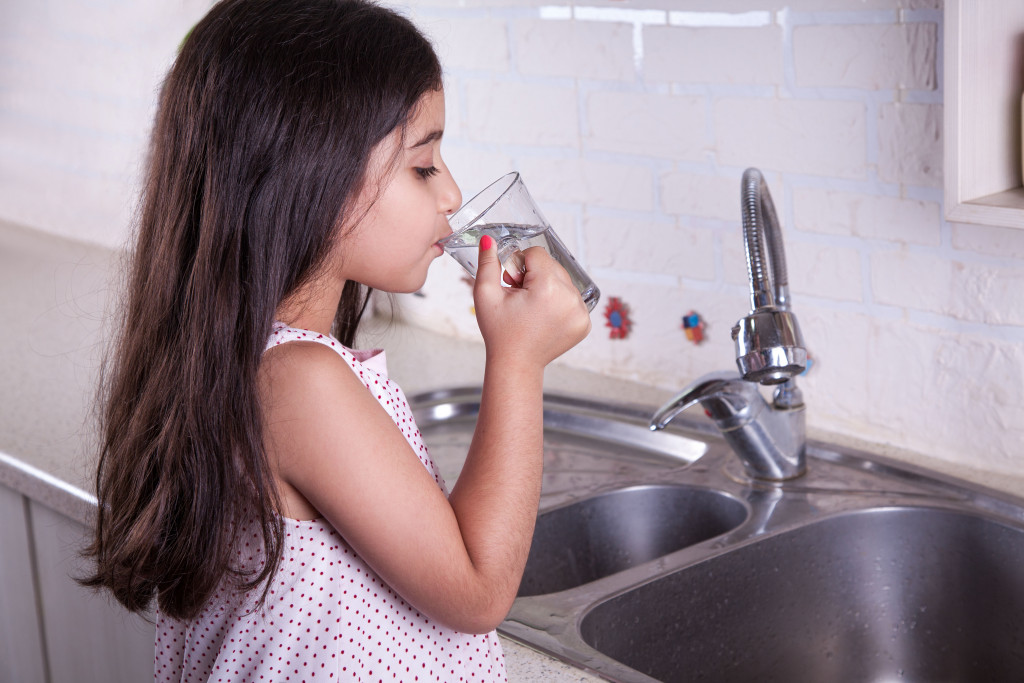- Ensuring healthy eating habits get encouraged is crucial for a healthy preschool learning environment.
- Regular physical activity facilitated through activities like play and structured exercise, is essential for children’s health and well-being.
- Incorporating movement into learning activities can help children stay engaged, promote physical activity, and explore their environment.
- Ensuring a safe and secure learning environment can help prevent accidents and keep children healthy and safe.
Preschool is a critical time for children’s development, and prioritizing their health is crucial for their overall well-being. With simple strategies, parents and teachers can help create a safe and healthy environment for children to learn and grow. Here are important ways to support children’s health in preschool:
Promote Healthy Eating Habits
Encouraging healthy eating habits is one of the most important things parents and teachers can do to support children’s health in preschool. Provide healthy snacks and meals rich in nutrients and low in sugar, and limit processed foods and sugary drinks. Educate children about healthy food choices and involve them in meal planning and preparation.
Introduce Healthy Snack Options
Healthy snack options like fresh fruit, vegetables, and whole-grain crackers can help children develop a taste for nutritious foods. Offer moderate snacks and meals so children don’t feel overly full or uncomfortable. You can also introduce protein-rich foods such as nuts, seeds, and yogurt as snacks.
Encourage Water Consumption
Encourage children to drink water daily to stay hydrated and promote healthy digestion. Water is essential for nourishing the body and can help reduce fatigue. Avoid sugary drinks like soda and juice, as these can lead to overconsumption of sugar and increase the risk of tooth decay. Doing so will help encourage healthy hydration habits in children.
Encourage Regular Physical Activity
Physical activity is essential for children’s overall health and well-being. Encourage regular physical activity through play and structured activities like yoga, dance, and sports. Limit sedentary activities like screen time and encourage outdoor play as much as possible.
Create an Active Environment
Provide a safe and stimulating environment that encourages physical activity, such as a playground or indoor play area. You can also provide toys and activities that promote active play, including balls, jump ropes, hula hoops, and puzzles. Involve children in creative activities that encourage movement and problem-solving skills.

Incorporate Movement into Learning
Incorporate movement into learning activities to promote physical activity and help children stay engaged and focused. It can include activities such as marching to music or imitating animal movements. You can also involve children in creative movement activities like dancing and playing active games that help them to explore and discover their environment.
Learn About First Aid
Accidents and injuries can happen in any setting, including preschool. Knowing first aid can help parents and teachers respond quickly and effectively in emergencies. So, learning basic first aid and staying up-to-date on safety protocols is important.
PALS Certification
Pediatric Advanced Life Support (PALS) certification is a specialized course designed for childcare providers who work with children. This course covers advanced skills and knowledge for emergency response in pediatric patients. Especially if you’re a healthcare provider in a preschool setting or work in areas with young children, it’s essential to consider taking courses for PALS certification to prepare for any medical emergencies that may arise.
Other First Aid Training
Other first aid courses, such as CPR and basic first aid, can also be helpful for parents and teachers who work with children. Learning the basics of first aid can help you respond to any medical emergencies in preschool. With the right strategies and resources, you can help create a safe and healthy learning environment for children.
Ensure a Child-Proof Learning Environment
Creating a safe and child-proof learning environment is essential to support children’s health in preschool. Here are some tips to ensure the classroom is a safe and secure space for children to learn and grow:

Check for Hazards
Regularly inspect the classroom for hazards such as loose cords, sharp corners, and unstable furniture. Remove any potential risks or secure them to prevent accidents. You can hire a licensed contractor or complete the work to ensure the learning environment is safe and secure. Regular inspection of the classroom can help avoid hazardous conditions.
Store Materials Safely
Store materials such as art supplies, toys, and books safely and securely to prevent accidents and ensure easy access for children. Place materials on shelves that are low enough for children to reach safely. Ensure all toys are age-appropriate, and store small objects away from curious hands.
The above tips are essential for creating a healthy and safe preschool learning environment. With the right strategies and resources, you can help support children’s health and well-being in preschool.

